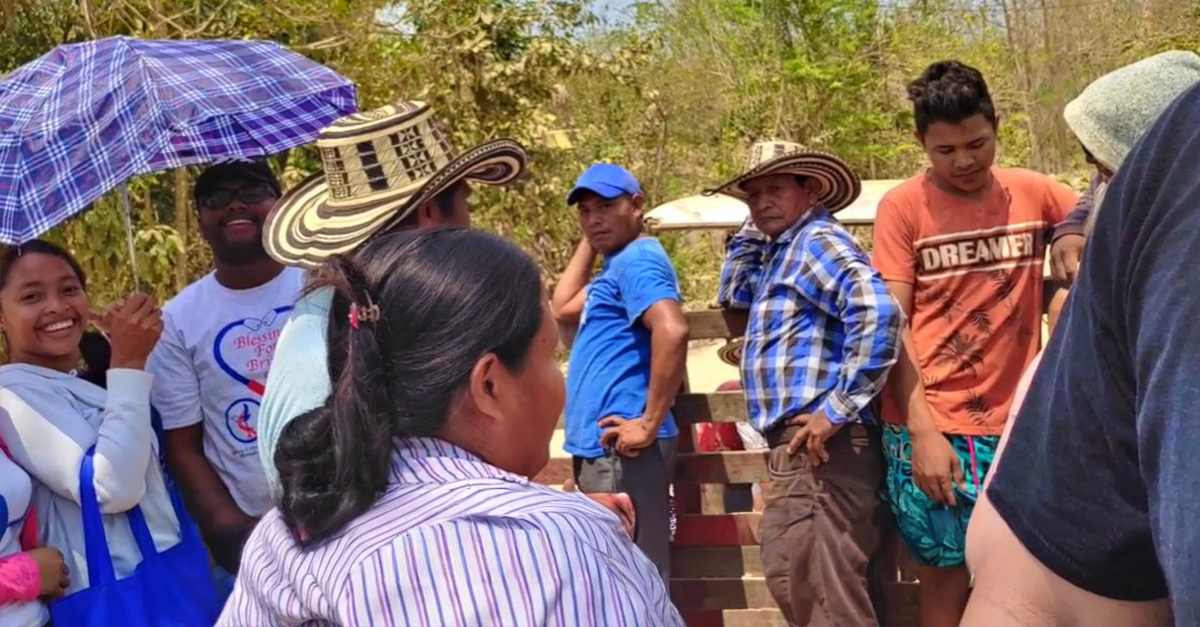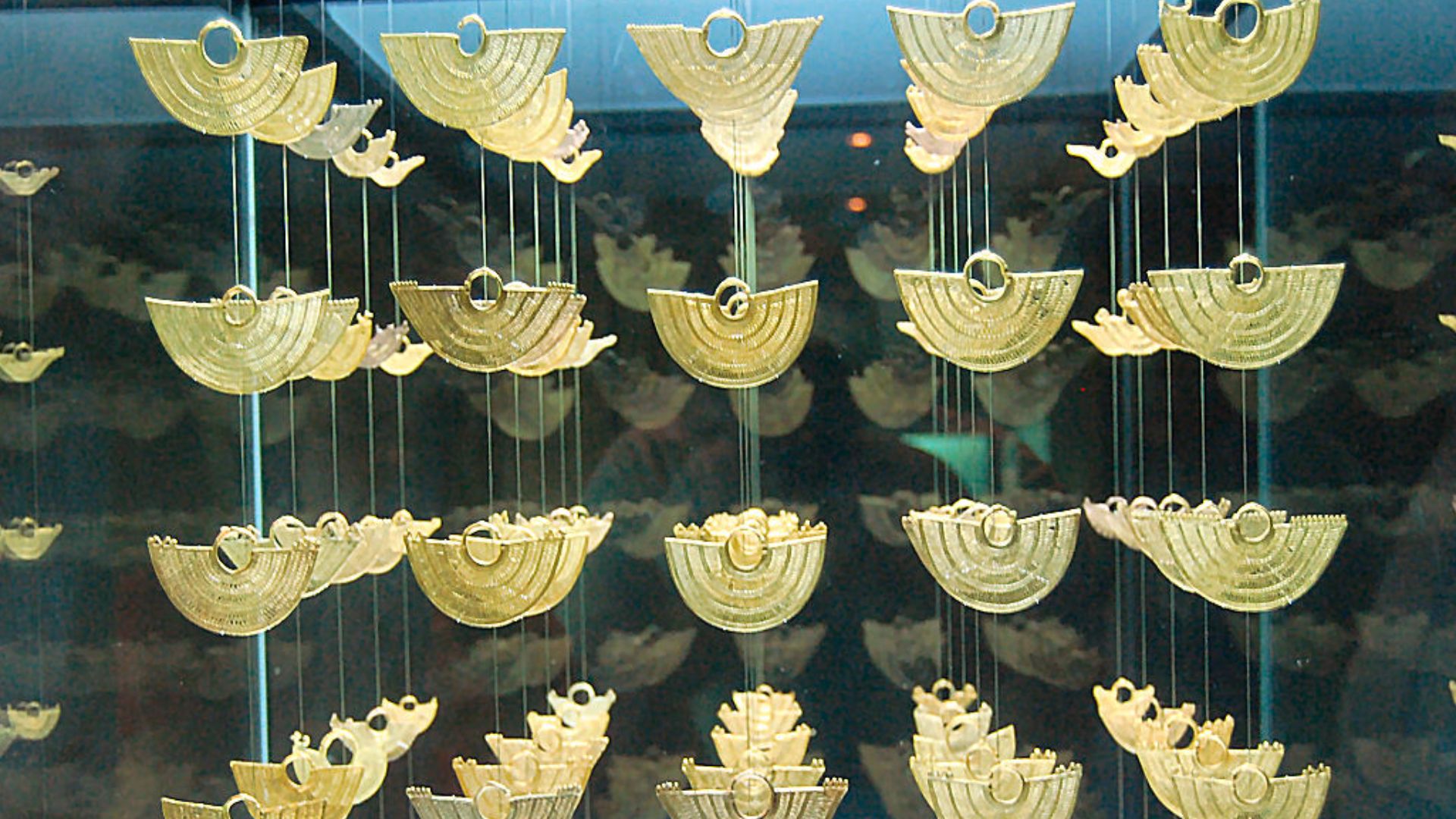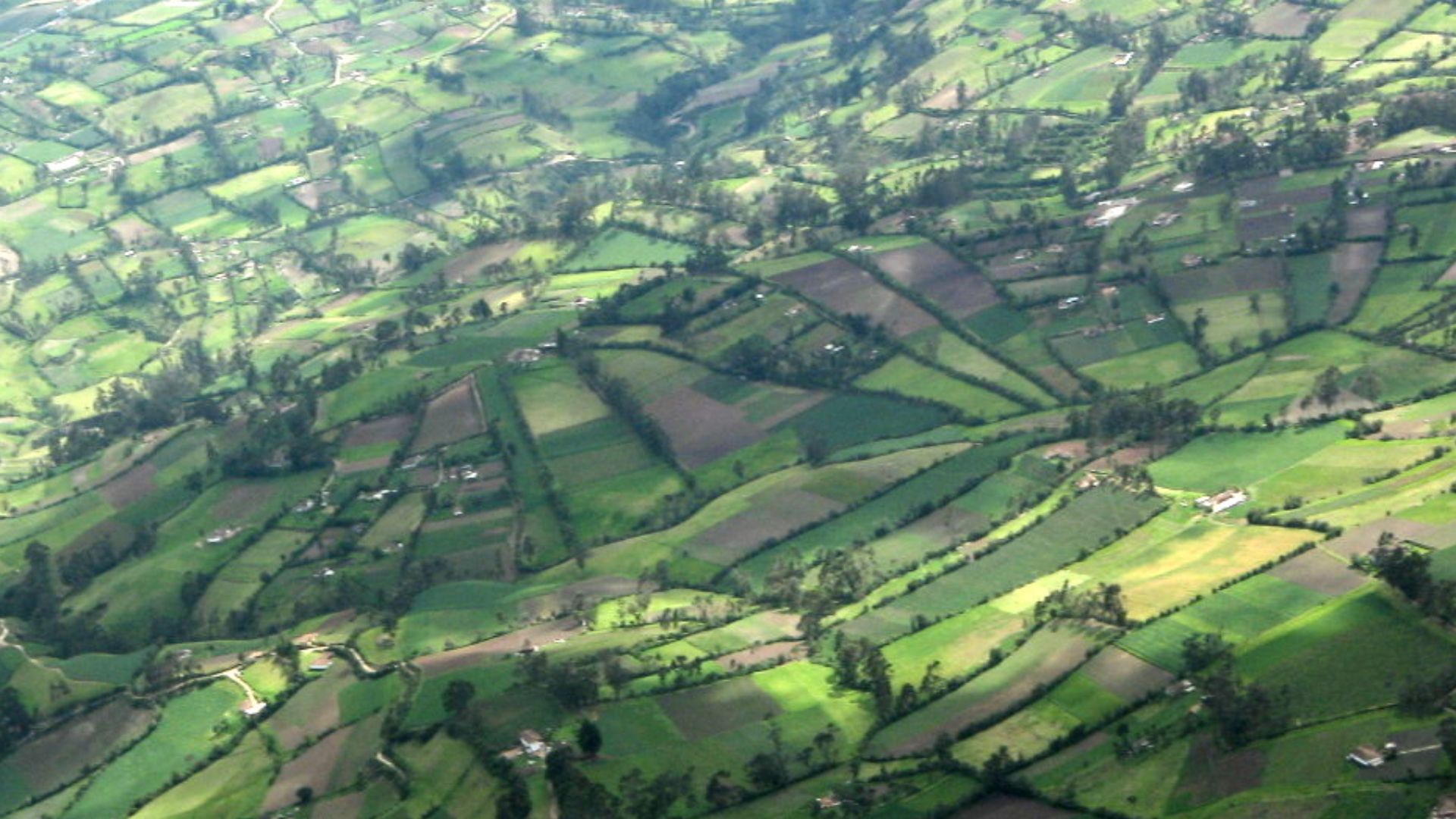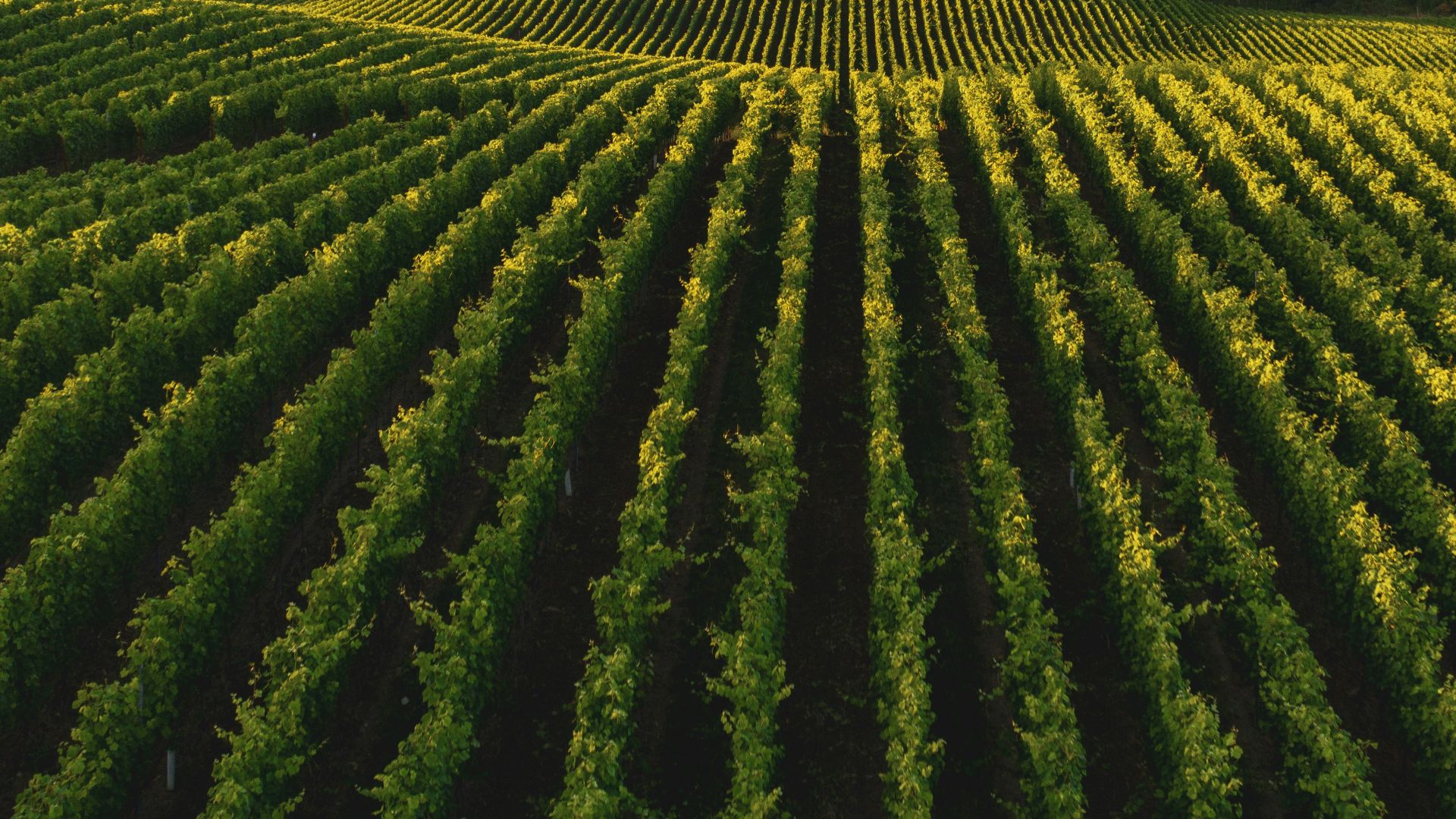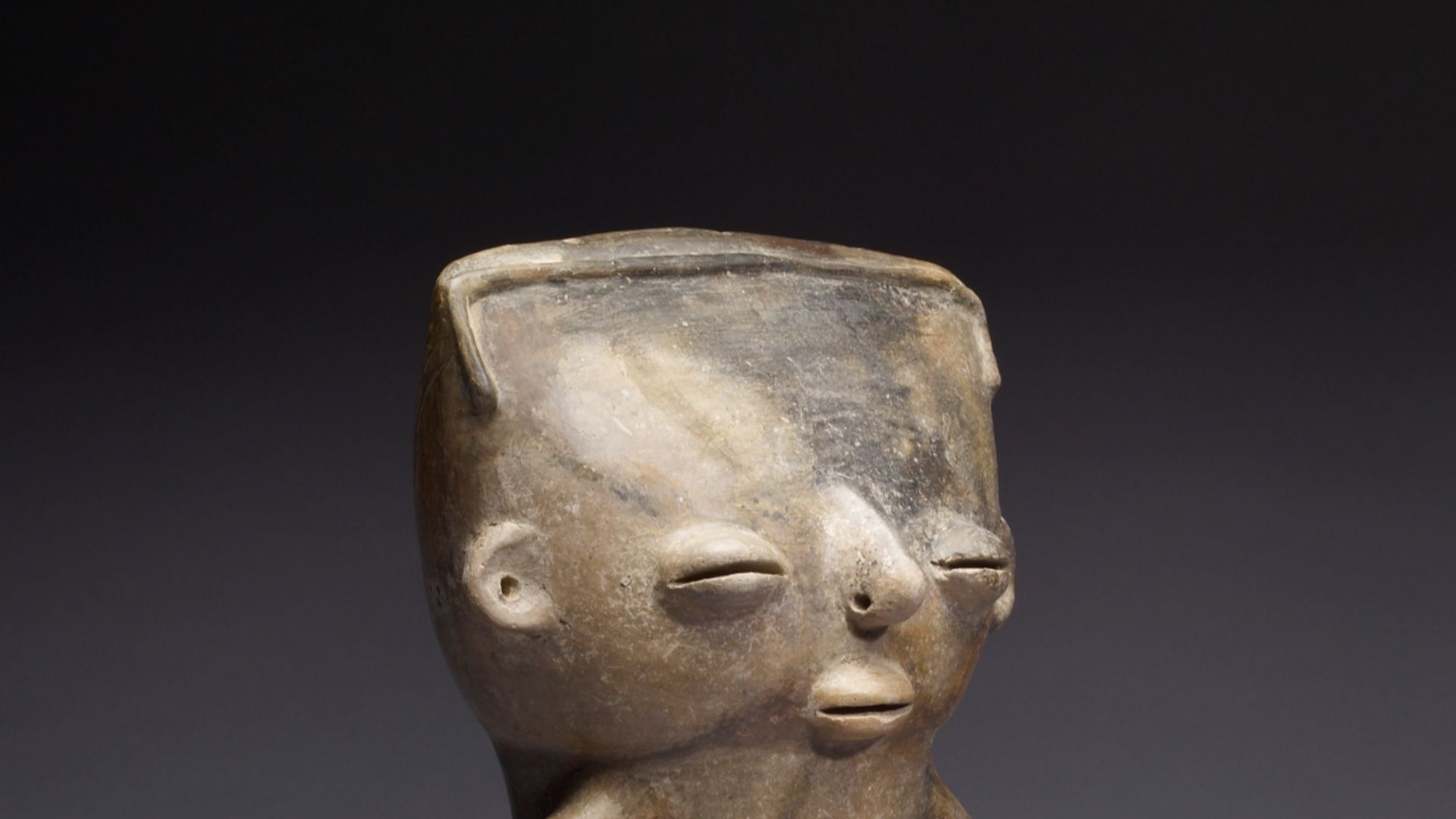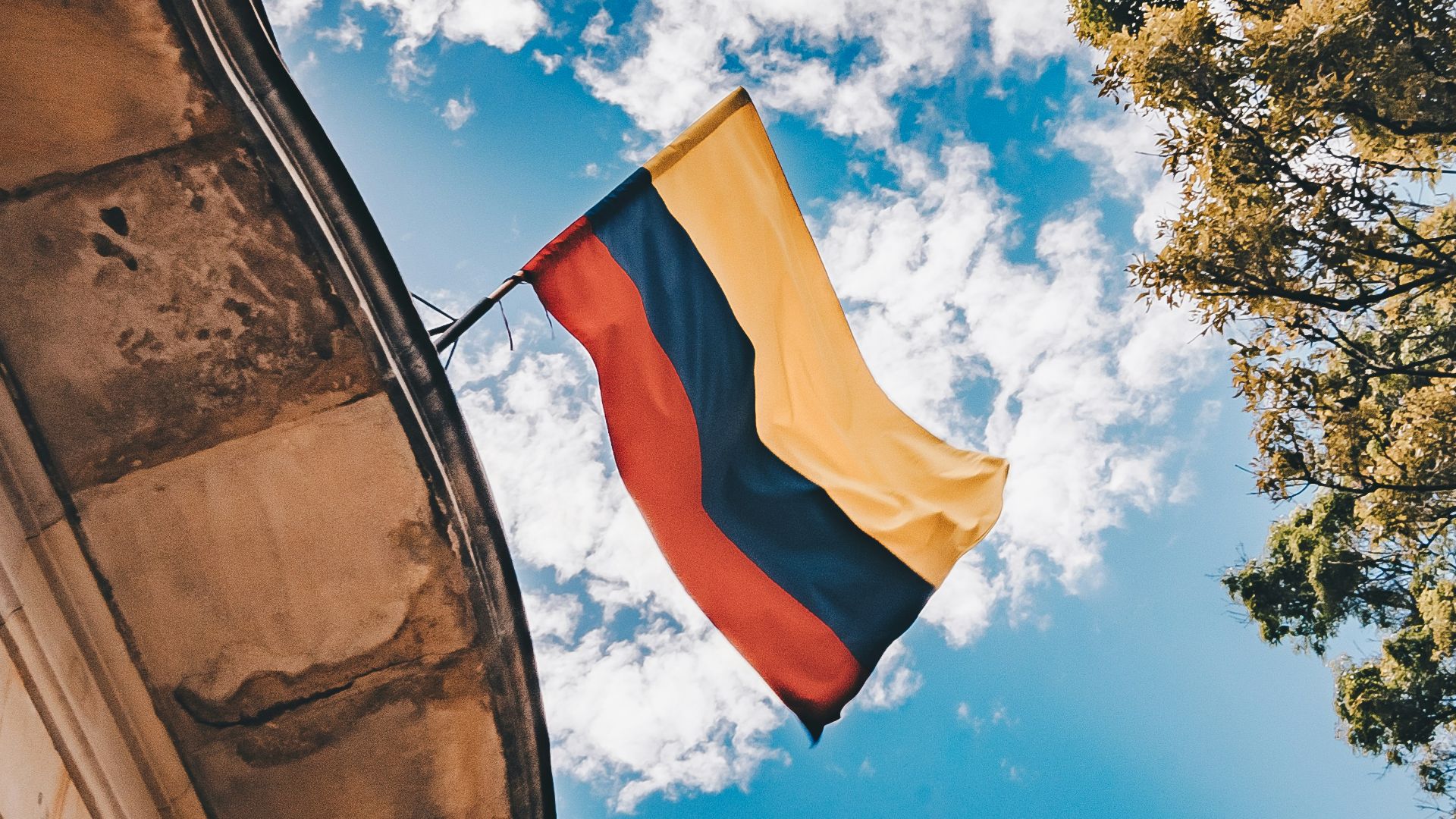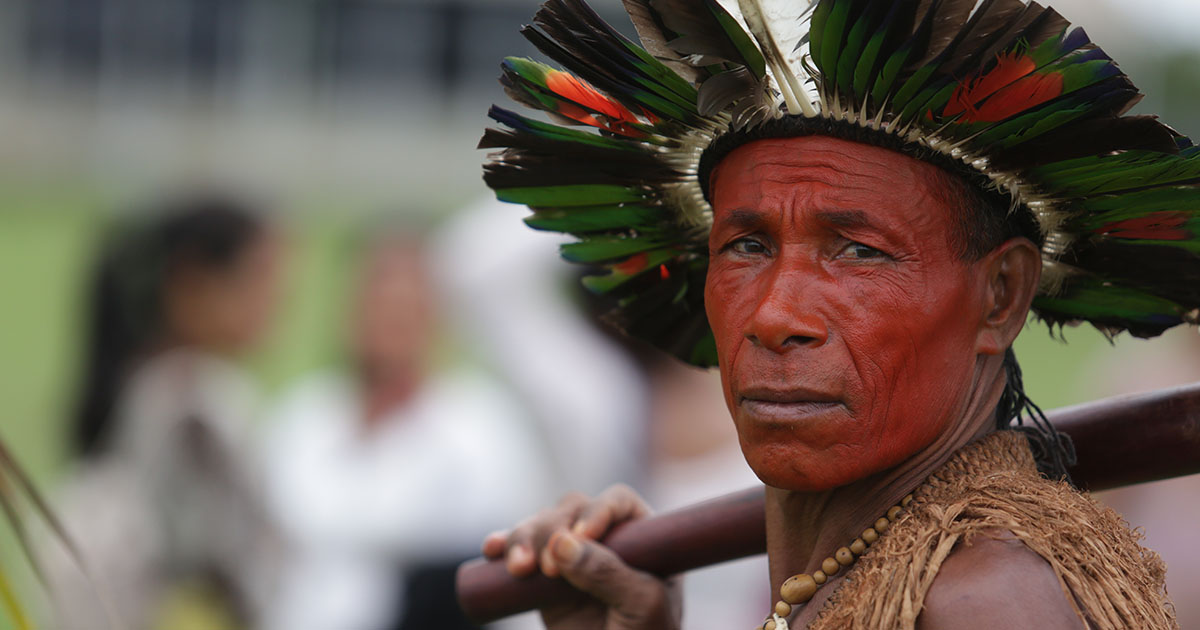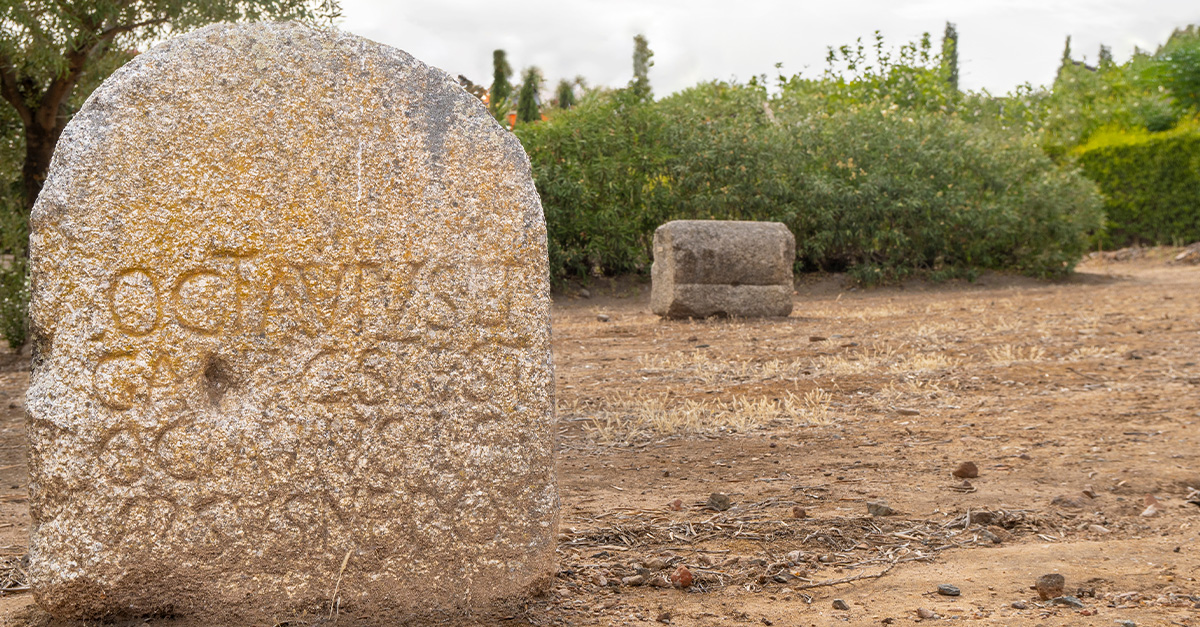The Zenú: Forging An Identity
The Zenú people carved a flourishing civilization out of flood‑plain rivers and marshes in what is now northern Colombia. Along the way they produced exquisite gold work, built vast canal systems, endured European conquest, and then forged a modern identity. What they achieved then and now is a monument to human resilience.
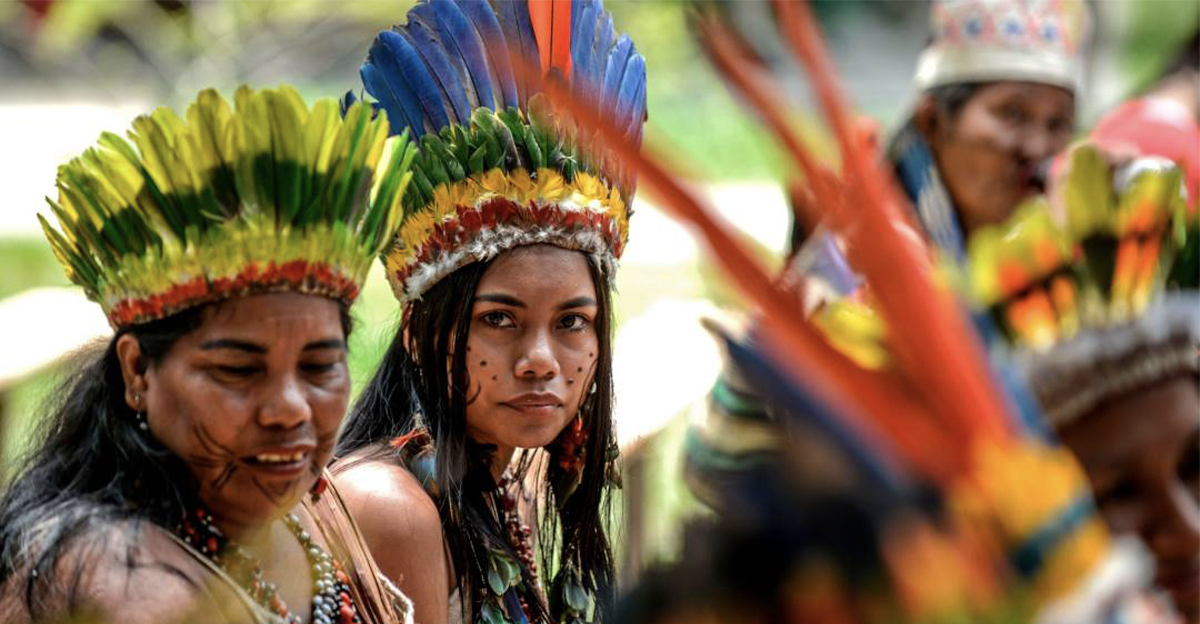
A Land Of River Valleys
The Zenú ancestral territory spanned the valleys of the Sinú and San Jorge rivers and the Caribbean coast around the Gulf of Morrosquillo, now in the Colombian departments of Córdoba and Sucre. It was a region of floods, marshes and waterways, a challenging environment that defies human attempts at taming it.
 JORGE ARRIETA , Wikimedia Commons
JORGE ARRIETA , Wikimedia Commons
Early Roots And Foundations (c. 200 BC)
The story of Zenú culture starts at around 200 BC with farming, fishing, and exchange networks in these river and marsh zones. Their ancestors began to dig channels and shape the landscape for habitation and agriculture long before Europeans had even dreamt of the New World.
 Jan Arkesteijn, Wikimedia Commons
Jan Arkesteijn, Wikimedia Commons
The Canal System: Landscape Engineering
One of the Zenú’s most remarkable achievements was its vast system of irrigation, drainage and canal ridges across the San Jorge River basin. These works transformed an uninhabitable flood‑plain into productive farmland and regulated waters for human settlement. The scale of it is thought to be the largest pre‑Hispanic transformation of landscape in South America.
How The Canals Worked
The Zenú dug long drainage channels feeding outward from rivers, then cut smaller ditches perpendicularly. They then built ridges (two‑to‑four metres high) on which houses and crops sat above flood level. The silt left by the yearly floodwaters enriched the fields. All in all, it was an ingenious strategy for survival and ecological sustainability.
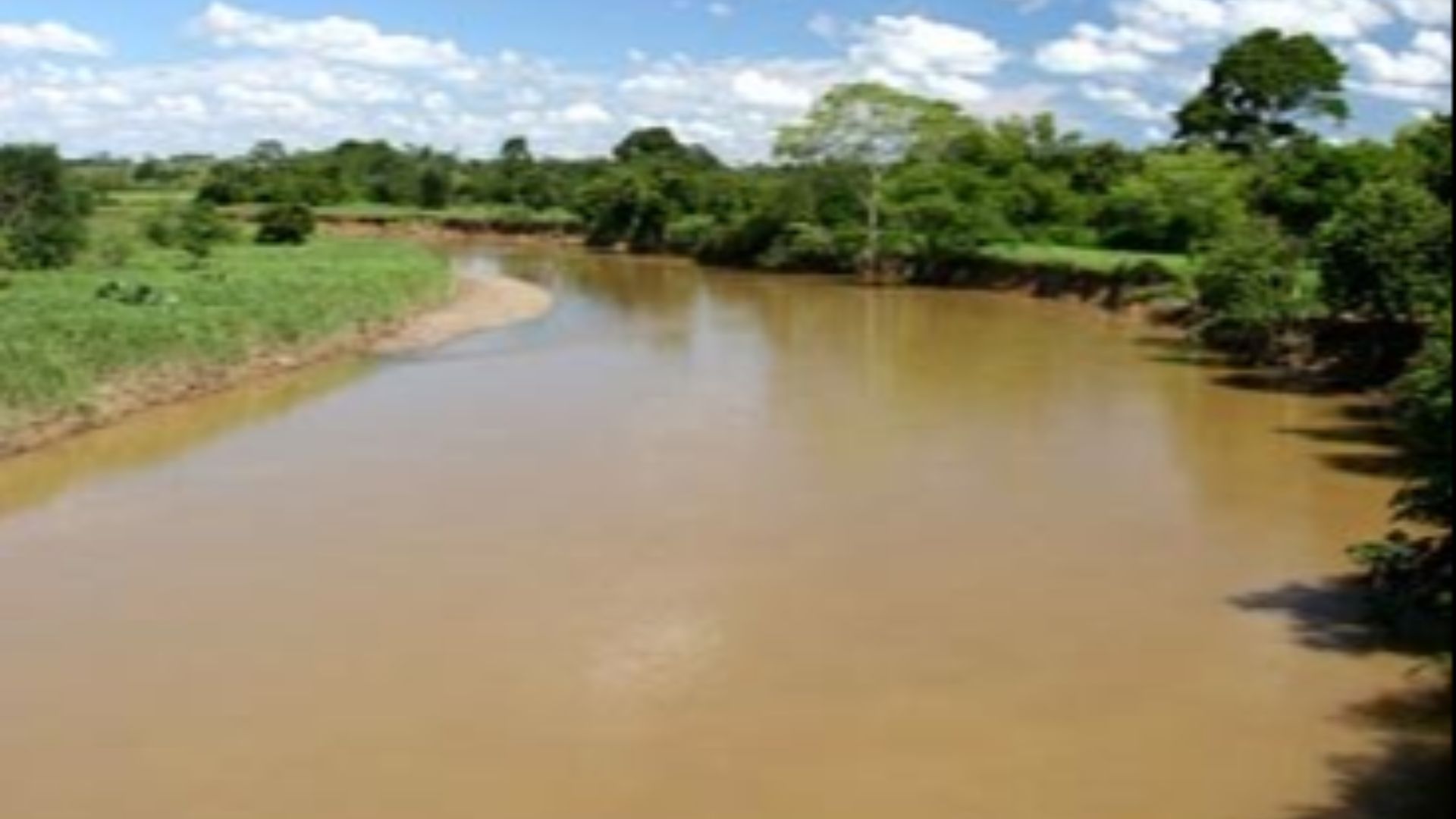 Juandavid.dg, Wikimedia Commons
Juandavid.dg, Wikimedia Commons
Social Organization And Settlement Patterns
Archaeological evidence shows settlement platforms ranging from 4,000 to 200,000 square meters in area, and village clusters with populations of up to 600 people. The canal‑ridge system supported dense human occupation, agriculture and fishing. This wasn’t a scattered, sparse society hanging by a thread; it was sizeable and well organized.
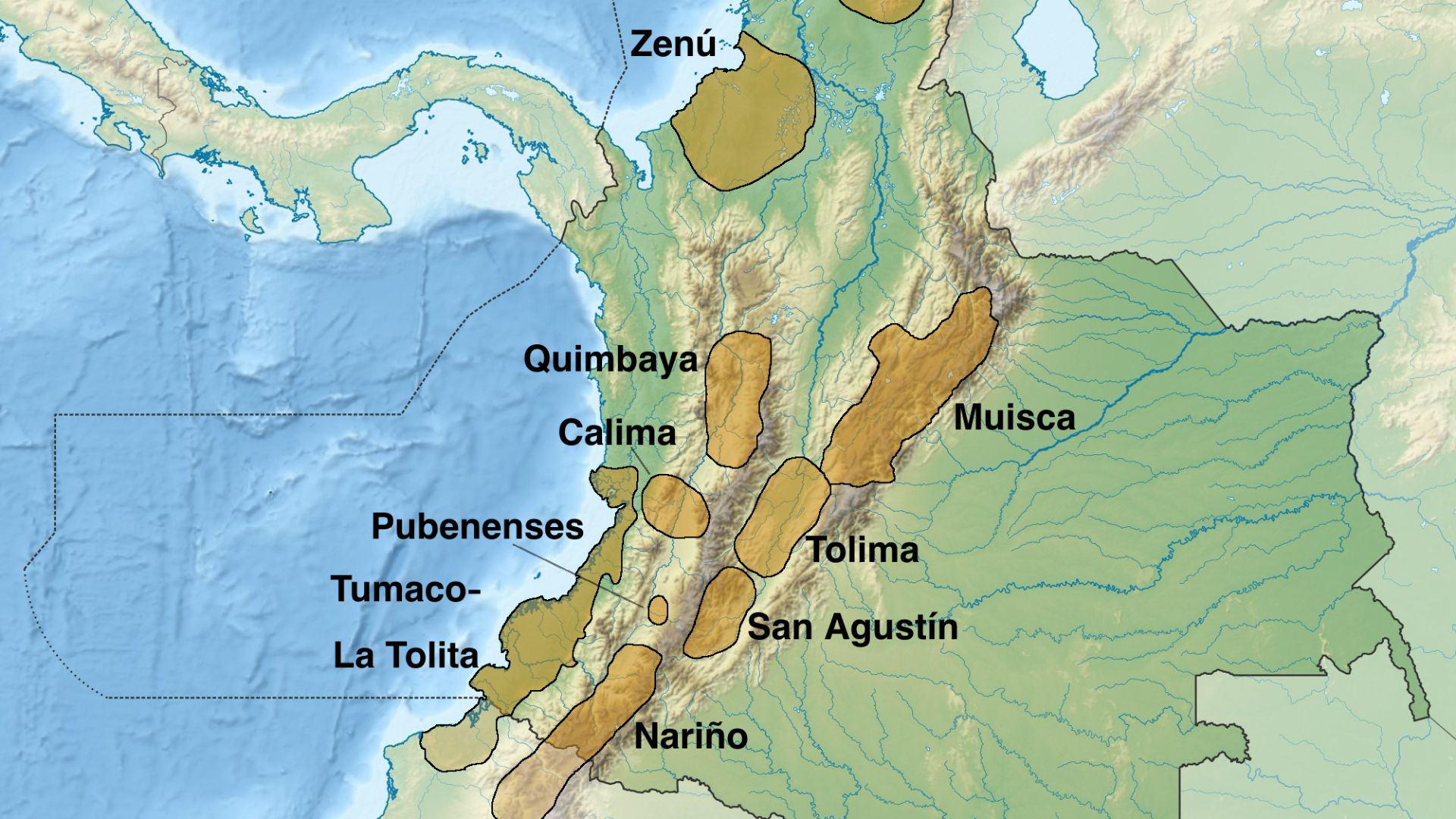 Popayan1210, Wikimedia Commons
Popayan1210, Wikimedia Commons
Golden Artistry: Ornaments & Ritual Objects
Like many pre-contact cultures of South America, the Zenú excelled in goldsmithing: they cast semi‑filigree earrings, nose rings, pendants of animals, and creatures from their complex system of mythology; these gold ornaments were often buried with the dead. Gold was symbolic, linking rulers, ritual culture, and the natural world that is all around us.
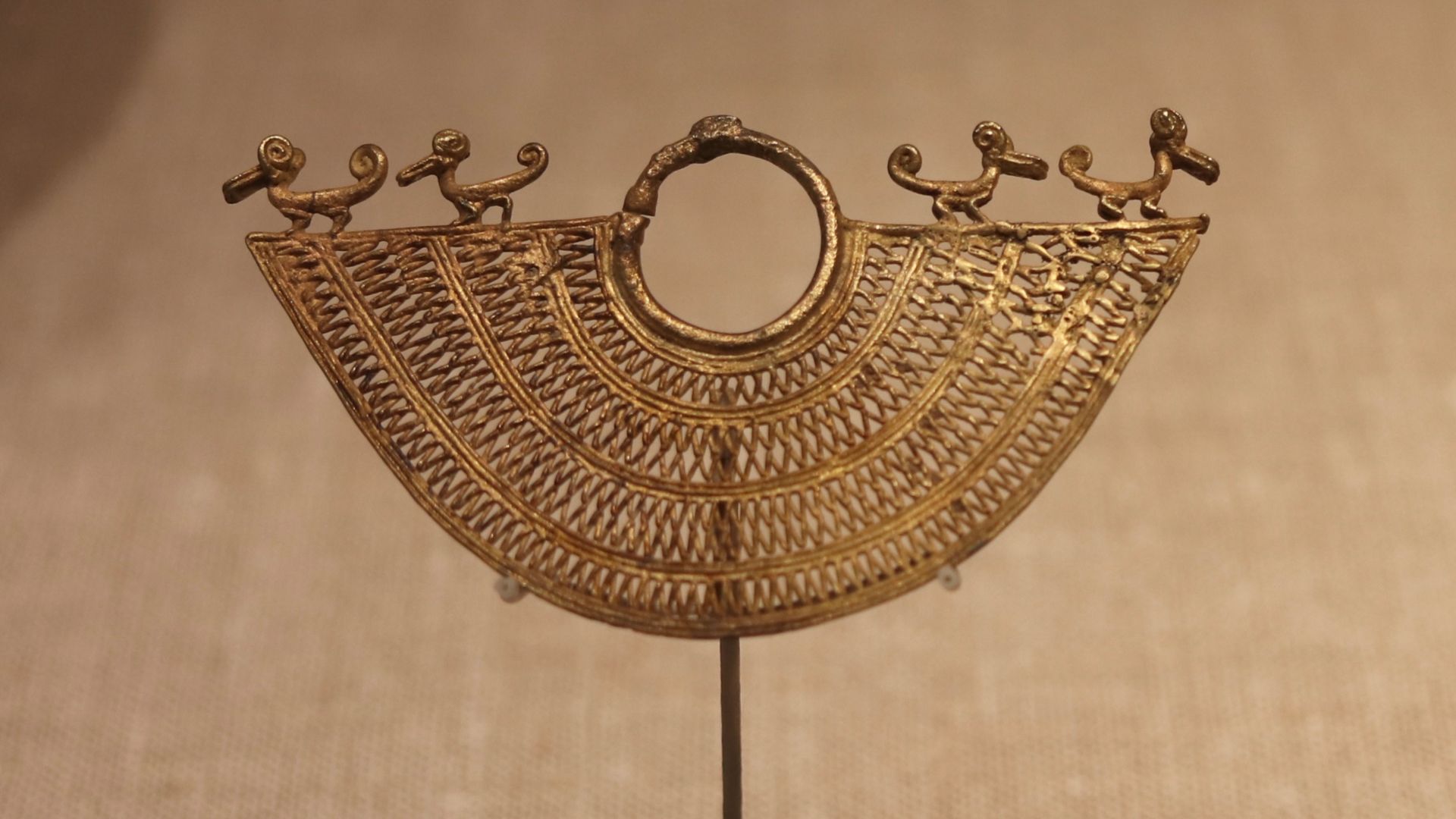 Nalin Singapuri, Wikimedia Commons
Nalin Singapuri, Wikimedia Commons
Technology And Symbolism Of Gold
Using lost‑wax casting, hammering, and gilding, Zenú gold ornaments achieved a high level of refinement. Animal motifs (fish, alligators, birds) reflect the marsh‑river life of their civilization, while the web‑like design references the networks of the human-made canal world.
 Janmad - on a base of the picture File:Museo del Oro Bogotá Zenú.jpg by brunosan, Wikimedia Commons
Janmad - on a base of the picture File:Museo del Oro Bogotá Zenú.jpg by brunosan, Wikimedia Commons
Burial Practices And Wealth Display
The Zenú often buried their dead atop ridges above the water level, covering mounds with trees and hanging golden bells on the branches. The rich grave goods were an unmistakable sign of prestige. Sadly, these ancient graves fell victim to the depredations of looters in later times.
The Arrival Of The Spaniards
In the early 16th century Spanish explorers and conquistadors entered the ancient territory of the Zenú. The lure of gold, the lush river valleys, and the strategic value of the land made the society vulnerable. The landscape that sustained Zenú life was now in the crosshairs of foreign intruders.
Collapse, Disease, Exploitation
Like most other indigenous peoples of the Western Hemisphere, the Zenú population suffered dramatically: warfare, disease and the disruption of their hydraulic and social systems were the rapid results of the Spanish conquest. Large parts of their canal infrastructure fell into disrepair. Over time, many of them were overtaken by marshes.
Legacy Of The Canal Works
Though a lot of the old systems were permanently abandoned, the ridges and canal footprints are still visible today and are even thought to be models for sustainable land management in flood plains. UNESCO has noted the Pre‑Hispanic Hydraulic System of the San Jorge River as a prime candidate for this kind of international recognition.
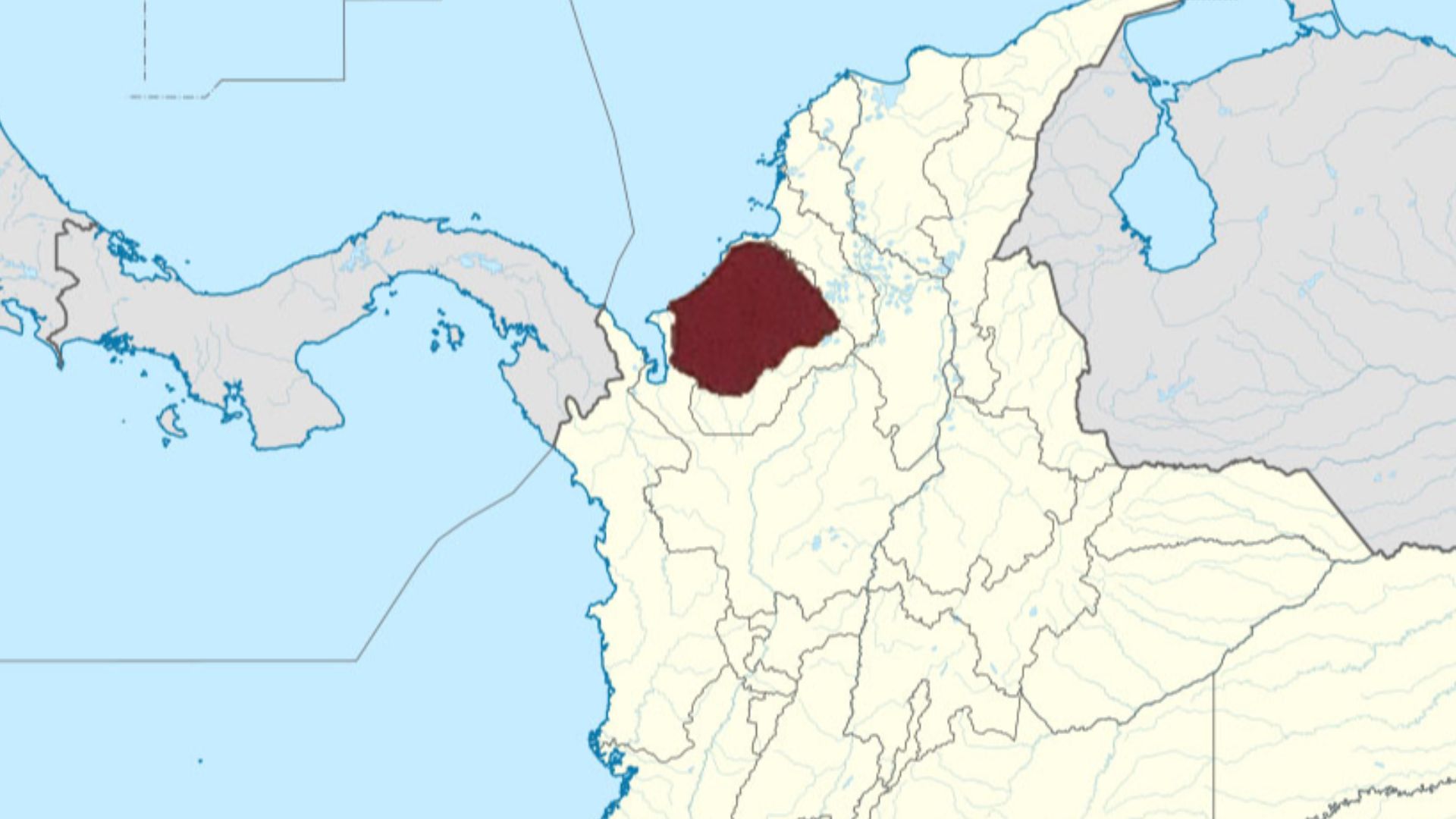 Breogan2008, Wikimedia Commons
Breogan2008, Wikimedia Commons
Cultural Loss And Survival
The Zenú language (Sinúfana) largely disappeared about 200 years ago; Spanish became the dominant tongue. Yet the Zenú identity persists, with their craft traditions, ancestral health practices, and autonomous community governance surviving.
Modern Demographics And Organization
Today the Zenú are one of Colombia’s larger indigenous groups, with a population around 300,000 in the most recent counts. They live mostly in Córdoba and Sucre departments, maintaining communal lands (“resguardos”) and traditional social and legal structures.
 Jdvillalobos, Wikimedia Commons
Jdvillalobos, Wikimedia Commons
Land And Environmental Struggles
Today the Zenú face land‑rights challenges: industrial agriculture, cattle ranching and mining all encroach on their ancestral territory. In the La Mojana region, the spread of genetically modified crops threaten the people’s seed sovereignty and plant biodiversity.
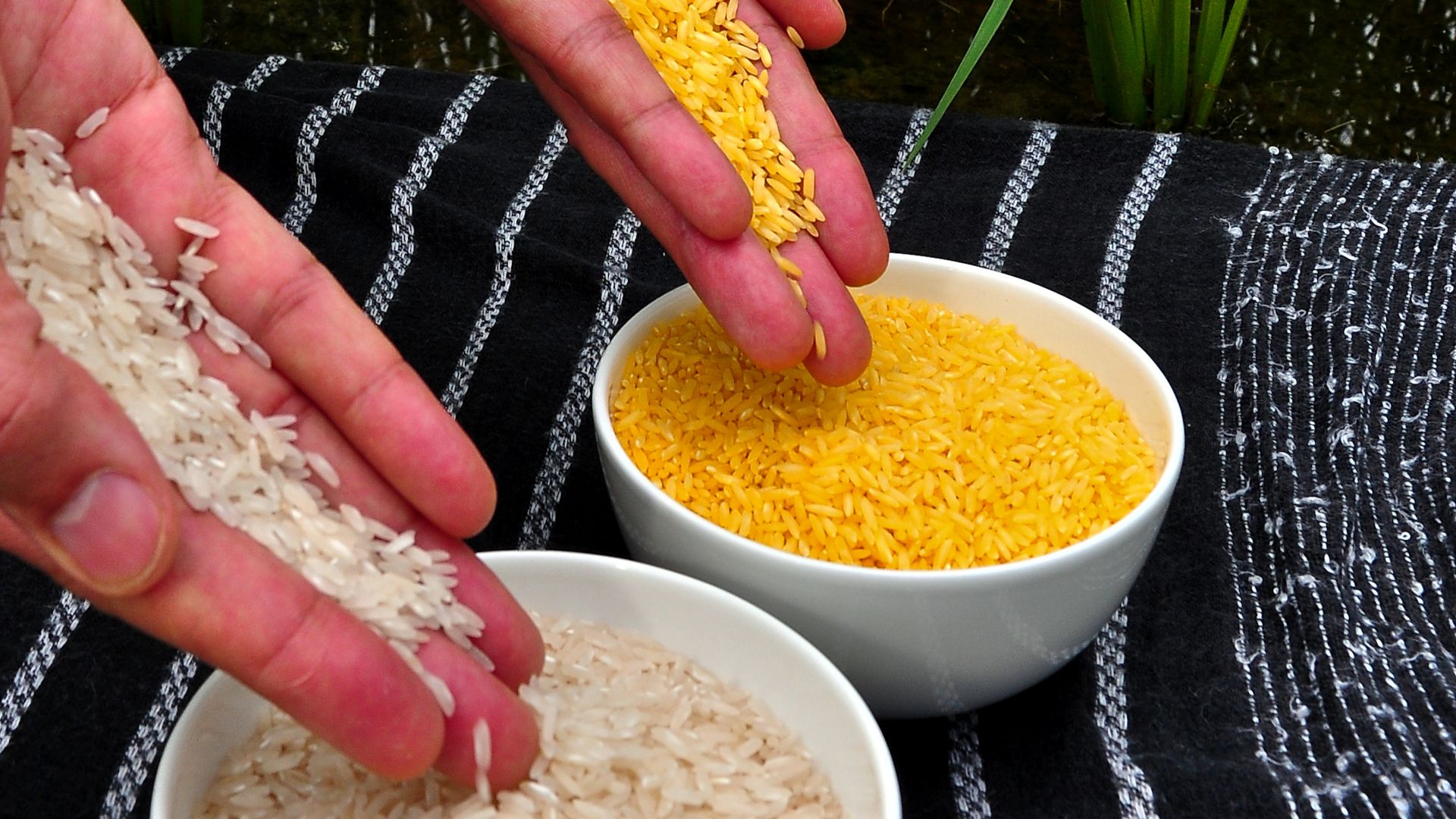 International Rice Research Institute (IRRI), Wikimedia Commons
International Rice Research Institute (IRRI), Wikimedia Commons
Cultural Resilience And Agro‑ecology
In response, Zenú communities are turning back to their own ancestral seeds and agricultural practices. This puts traditional knowledge to use as a way to adapt to a changing climate. Their canal‑ridge legacy reminds them of living with water rather than constantly fighting against it.
Craft And Gold Heritage Carried On
Zenú gold ornamentation is celebrated in museums (for example a gold staff‑head in the Metropolitan Museum) and crafts continue as both a form of cultural expression and a beneficial economic activity. Communities are actively trying to revive the old motifs and techniques for today’s context.
 EgorovaSvetlana, Wikimedia Commons
EgorovaSvetlana, Wikimedia Commons
Health And Traditional Knowledge
The traditional Zenú worldview puts a heavy emphasis on “care for life” (buen vivir), ancestral medicine, plants, and community health practices. This cultural basis supports the people’s identity and survival in a world that often dismisses the value of indigenous systems.
Recognition And Political Rights
The Zenú have secured crucial legal recognition of their resguardos (reservation lands) and representation in Colombian indigenous organizations. But the implementation of rights remains partial. As a result, a lot of communities still struggle with modern infrastructure, education, and justice.
Challenges Ahead
The Zenú still have many challenges today, This includes the loss of territory, environmental degradation, pressures from extractive industries, social exclusion, and the need to translate their precious heritage into some kind of viable livelihood. The Zenú have to find a balance between tradition and modernity, water and land, gold heritage and sustainable futures.
Past & Future Closely Linked
The Zenú legacy is amazing: landscape engineering, gold artistry, and a rich civilization. Though it was tragically disrupted, it has persisted over the centuries. Their canal systems, goldsmithing traditions, and sage cultural wisdom are a living foundation for a people to build on. By supporting land rights, ecological stewardship and cultural revival, we van honor the Zenú past and help them sustain their future.
You May Also Like:
The Jungle Tribe That Protects Themselves With Spears Dipped In Poison
Photos Of The Ancient Tribe Whose Handmade Creations Outlasted Empires

